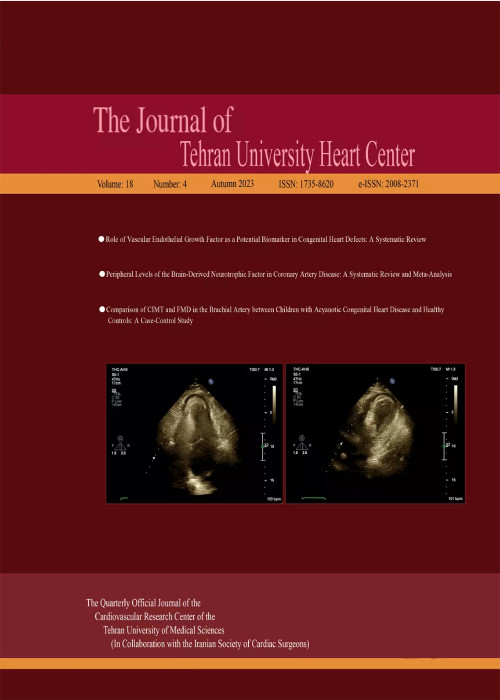Developing a Rabbit Model of Neointimal Stenosis and Atherosclerotic Fibrous Plaque Rupture
Author(s):
Abstract:
Background
A precise understanding of the mechanism of human neointimal stenoses and atherosclerotic fibrous plaques, which give rise to thromboses in vital arteries, requires a suitable animal model that would mimic the same characteristics well. We developed a rabbit model of neointimal stenosis and fibrotic plaque rupture in the carotid artery to visualize the lesion progress and to characterize the lesion types according to the American Heart Association classification. Methods
Twenty-eight healthy male New Zealand white rabbits were randomly divided into two groups: The rabbits in group A (n = 14) consumed a standard chow diet, and those in group B (n = 14) were injured via perivascular cold injury using liquid nitrogen at the right common carotid artery before being fed a high cholesterol diet (1.5%) for eight weeks. Plasma lipid evaluation was performed before the sacrificing of the rabbits. At the end of every week, at least 1 rabbit from group B was sacrificed for an analysis of lesion histopathology and calculation of the area ratios of the intima to media. Results
The plasma lipid level in group B was significantly higher than that in group A (p value < 0.05). The histopathological results revealed atherosclerosis characteristics such as endothelial layer destruction, fatty streaks and lipid-containing macrophages (foam cells) formation in the intima and media layers, extracellular lipid collections, smooth muscle cells proliferation and migration, neointima formation, intima thickening and deformation, fibrotic plaque formation, and finally plaque rupture. Statistical analysis revealed a significant increase in the intima-to-media ratio at the end of the eighth week (6.41 ± 0.27, p value < 0.05). Conclusion
We successfully developed a rabbit model of neointimal stenosis and atherosclerotic fibrous connective tissue plaque rupture, which is not only quickly and easily reproducible and inexpensive but also without mortality. The merits of our model render the evaluation of neointimal stenoses and fibrotic plaques and their treatment strategies more feasible in humans.Language:
English
Published:
The Journal of Tehran University Heart Center, Volume:6 Issue: 3, Jul 2011
Pages:
117 to 125
magiran.com/p897493
دانلود و مطالعه متن این مقاله با یکی از روشهای زیر امکان پذیر است:
اشتراک شخصی
با عضویت و پرداخت آنلاین حق اشتراک یکساله به مبلغ 1,390,000ريال میتوانید 70 عنوان مطلب دانلود کنید!
اشتراک سازمانی
به کتابخانه دانشگاه یا محل کار خود پیشنهاد کنید تا اشتراک سازمانی این پایگاه را برای دسترسی نامحدود همه کاربران به متن مطالب تهیه نمایند!
توجه!
- حق عضویت دریافتی صرف حمایت از نشریات عضو و نگهداری، تکمیل و توسعه مگیران میشود.
- پرداخت حق اشتراک و دانلود مقالات اجازه بازنشر آن در سایر رسانههای چاپی و دیجیتال را به کاربر نمیدهد.
In order to view content subscription is required
Personal subscription
Subscribe magiran.com for 70 € euros via PayPal and download 70 articles during a year.
Organization subscription
Please contact us to subscribe your university or library for unlimited access!


